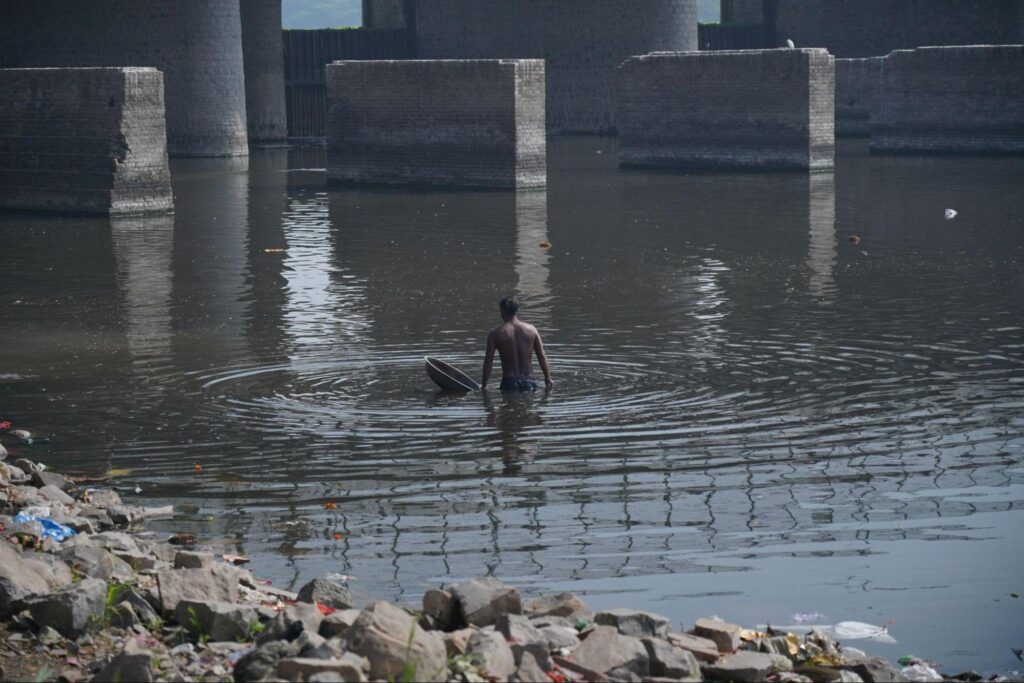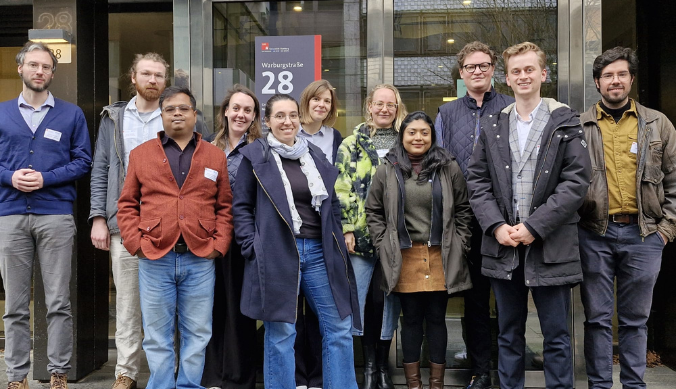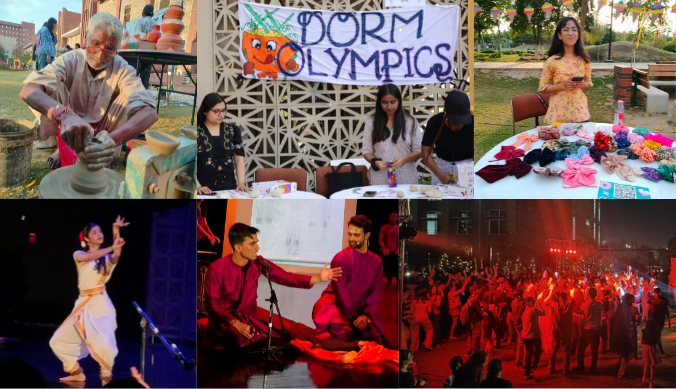Clubbing Entrepreneurially: Insights from Anitya and Project Dhara’s Immersive Field Visit to the Yamuna
Exploring the river’s realities and stories of life, livelihood, and ecology
This World Water Day, on the 22nd of March, Anitya: The Social Impact Club, in collaboration with Project Dhara and with support from the InfoEdge Center for Entrepreneurship, organized a unique field visit to the Yamuna river bank near Majnu ka Tila, Delhi. The purpose was to provide students with an opportunity to observe the much-discussed River Yamuna firsthand. We aimed to help students understand the environmental challenges and complex realities surrounding the river through an interactive, experiential approach rather than conventional classroom discussions. A significant part of the visit also encouraged students to creatively express their reflections on the river, its people, and its ecological concerns through photography. This artistic expression tied the entire experience together beautifully.
The visit brought together 27 Ashokans from diverse programs (YIF, UG2024, UG2023, UG25, ASP) and even more varied backgrounds. As we began our journey from campus to the riverbank, participants shared their personal connections with the river and the environment. Individuals came from many diverse backgrounds, from some who had been working on river and environment-related projects for years, to others who had lived in Delhi all their life but had never gotten a chance to visit the river and so were keen to do that through the visit. The diverse contexts that each individual came from added to the richness of the field visit, with the group discussions bringing forth many different perspectives to learn from, as each individual would notice and highlight unique aspects of the river’s story.

Upon reaching the site, we encouraged students to explore the surroundings independently. They wandered along the rocky riverbank, observed the remnants brought by the river’s flow,
engaged with local communities, and captured photographs of scenes that resonated with them. The variety of items found along the shore was striking — from countless idols washed up after religious rituals to random pieces of cloth. We also saw men standing waist-deep in the river, some clearing sewage from the surface and others casting wide nets to catch fish. Meanwhile, near the river’s steps, people offered prayers, highlighting the Yamuna’s role as both a sacred site and a source of livelihood. For each observer, the Yamuna seemed to hold a different meaning — a place of worship, work, or curiosity and learning.

As we explored further, we found ourselves aboard a boat, asking Sanjay bhaiya, the boatman, to take us to a small patch of agricultural land visible some 150 meters across the river. As we crossed, light-hearted conversations with Sanjay bhaiya and his companion made the experience memorable. Upon reaching the other side, we were surprised to find rows of thriving kakri (a type of cucumber) cultivations on the riverine land. Despite the river’s known pollution levels, the soil in that stretch remained fertile enough for specific crops. Conversations with local farmers revealed that this portion of the river was less polluted than heavily affected areas like Kalindi Kunj. However, we also learnt of and saw 2 large industrial pipes dumping their waste in the river directly. These discussions offered insight into how pollution disrupts not only the river’s ecosystem but also the livelihoods of marginalized communities dependent on it, affecting their crop yields and limiting their access to clean water for irrigation, among other issues.

The visit concluded with a reflective gathering back at the riverbank, where participants shared their personal takeaways. Overall, through direct interaction with communities reliant on the Yamuna and by documenting the river’s story through photography, students gained invaluable insights into the environmental challenges facing the river and the human lives intertwined with it. The experience fostered reflection, empathy, and a deeper understanding of the interconnectedness between human lives and the environment, encouraging us to expand our learning beyond the walls of Ashoka University.

Writer – Lavanya Maheshwari, UG25
Study at Ashoka













